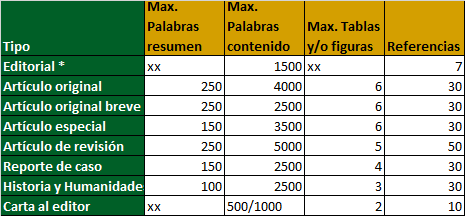Concordancia diagnóstica del síndrome metabólico según diferentes criterios en personas adultas que viven en la altura
DOI:
https://doi.org/10.37711/rpcs.2020.2.1.90Palabras clave:
adulto, Humanos, Mujer, De edad mediana, Síndrome metabólico, Estudios transversales, Enfermedades cardiovasculares, Diabetes mellitus, Colesterol, Exceso de peso Superior, tracto gastrointestinal, Estómago, Trifosfato de adenosina, Estómago, Trifosfato de adenosinaResumen
Objetivo. Comparar la concordancia diagnóstica del síndrome metabólico, según los criterios de diagnóstico de la Federación Internacional de Diabetes (FID) y del Programa Nacional de Educación sobre el Colesterol (PNEC-ATP III) en una población adulta que habita a 3,270 m s.n.m. Métodos. Se diseñó un estudio observacional, transversal y analítico. La muestra se determinó con criterios de inclusión y exclusión, de forma aleatoria simple. Se realizaron los análisis de laboratorio en ayunas. Se utilizó el coeficiente kappa (k) para determinar el grado de concordancia. Resultados. Se incluyeron 43 (100 %) personas. El 58,1 % era mayor de 60 años. La frecuencia del Síndrome Metabólico fue del 27,9 % (12), según los criterios de la FID y del 20,9 % (9), según los criterios del PNEC-ATP III. La frecuencia de síndrome metabólico se incrementó con el aumento de la edad, especialmente a partir de los 50 años y es más común en mujeres con sobrepeso. Entre ambos criterios de diagnóstico se encontró una valoración del coeficiente de kappa de 0,812. Conclusión. Existe una alta concordancia entre los criterios de diagnóstico que utilizan las guías de la FID y del PNEC-ATP III para realizar el diagnóstico de síndrome metabólico en pobladores que viven en la altura.
Descargas
Descargas
Publicado
Número
Sección
Licencia
Derechos de autor 2020 Revista Peruana de Ciencias de la Salud

Esta obra está bajo una licencia internacional Creative Commons Atribución 4.0.






















